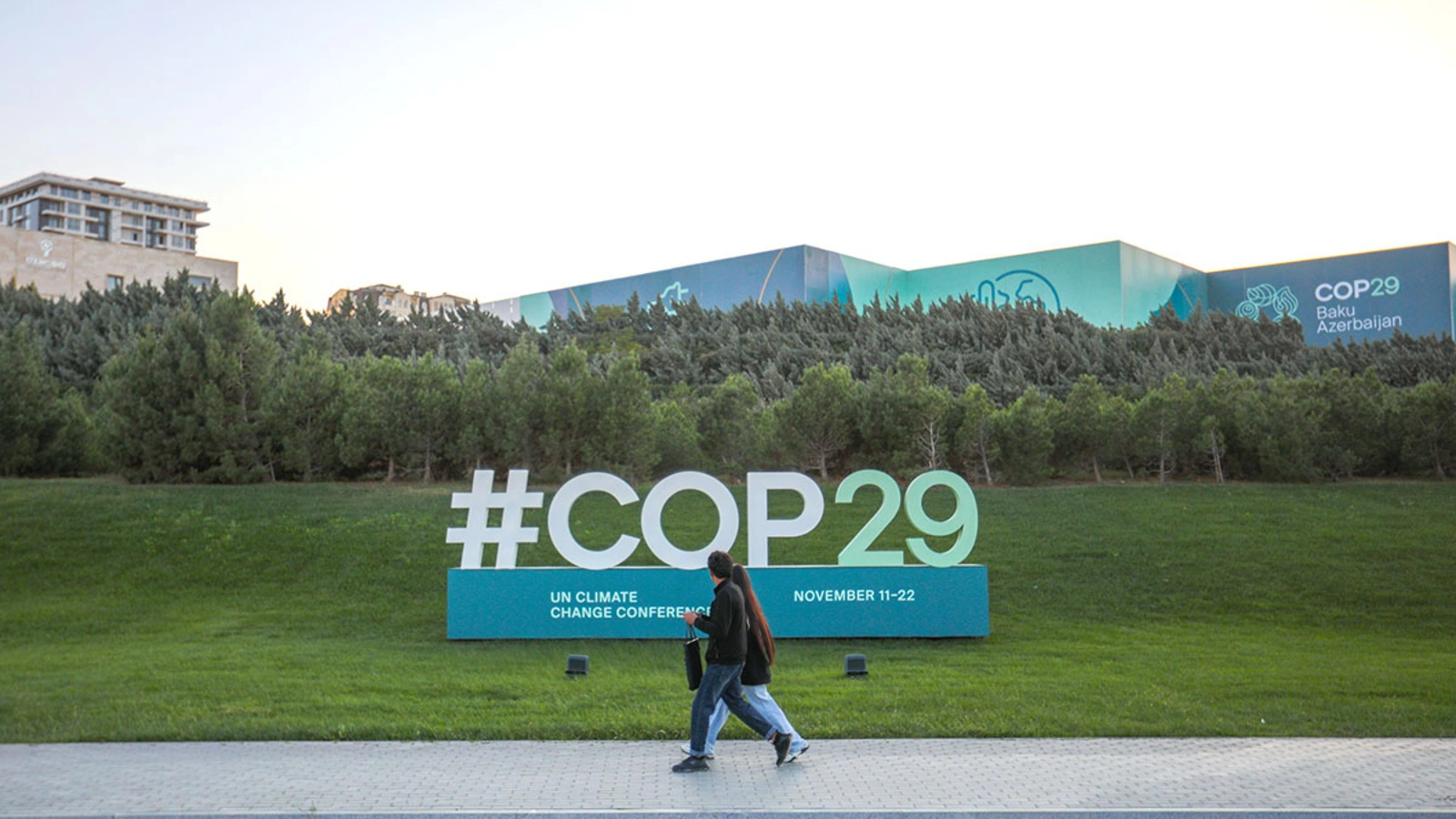As global leaders gather for the 29th iteration of the Conference of Parties (COP) in Baku, Azerbaijan, the stakes have never been higher. The events of the past year have amplified the urgency to act decisively on climate change. With temperatures and greenhouse gas levels rising at an increasing rate, forest fires increasing, and extreme weather events disrupting economies and populations, COP29 is a pivotal moment to push forward policies and commitments to curb the warming planet.
Last year at COP28, the world explored the growing significance of carbon credits and offsets, highlighting the increasing role consumers and businesses play in driving climate solutions. While those discussions laid important groundwork, the world now looks to COP29 to see whether meaningful progress can be achieved in turning promises into action—with reform needed in sustainable measurement and reporting, but equally so in the regulations and investment incentives that underpin all climate efforts.
Strategic Messaging in a Time of “Green Hushing” and Political Sensitivity
The arrival of COP29 occurs amid a tense landscape. France, under President Emmanuel Macron, and Germany, led by Chancellor Olaf Scholz, face political turbulence and will both be no-shows at the conference, while the United States appears poised to relinquish its climate leadership status on the heels of President-Elect Donald Trump’s re-ascension to the White House. Amid these pressures, communications professionals and companies alike must navigate carefully, addressing climate goals in an era where “green hushing” and political sensitivity add layers of complexity.
For many businesses, “green hushing”—the trend of downplaying or concealing climate commitments—has become the default response to politically sensitive environments. As communications teams shape their responses to COP29, they will face difficult questions: What message are we sending, to whom, and why? Which stakeholders should we engage directly, and through which channels, to uphold climate credibility without overexposing the company to political backlash?
Readying the Response: Corporate Communications on Standby
As we await the outcomes of COP29, communications professionals are tasked with preparing companies for potential shifts in regulatory and market expectations. Teams will need to act quickly to interpret new targets or funding mechanisms that that may impact strategic decisions at their organizations.
If COP29 introduces more rigorous carbon market standards or calls for increased emissions reduction targets, for example, communications will be essential in ensuring that companies address these expectations with stakeholders in a timely and credible manner. Clear, transparent messaging is a fundamental component of regulatory pressures —an increasingly complex task that requires both strategic messaging and well-chosen communication outlets.
By crafting messages that highlight new commitments or adjustments to sustainability strategy, communications professionals help position companies as proactive and aligned with the latest global climate objectives. This responsiveness will be key in demonstrating a company’s commitment to meaningful climate action and in maintaining trust with stakeholders.
At COP 28 last year, its landmark transition agreement marked a key moment for companies and their communications strategies.
Case in point:
The commitment to “transition away from fossil fuels” became a catalyst for companies to refine their sustainability messaging. In response, many businesses adapted their corporate narratives to align with this global shift toward renewable energy, focusing on three main areas:
Messaging Alignment: As reported by the World Economic Forum, over 100 business leaders called for transformative policies that would align corporate actions with decarbonization goals. This alignment pushed companies to openly showcase how their sustainability initiatives contribute to the fossil fuel transition, underscoring a commitment to international climate targets.
Increased Transparency: According to Reuters, COP28 outcomes led to updated reporting guidelines that encouraged enhanced transparency on energy usage and carbon reduction. This shift prompted companies to disclose more detailed reports, reinforcing their dedication to reducing fossil fuel reliance and building credibility with stakeholders.
Proactive Stakeholder Engagement: The Financial Times noted that companies began positioning themselves as leaders in renewable energy adoption, actively communicating their plans to investors, consumers, and partners. By publicizing these initiatives, businesses highlighted their role as proactive contributors to a low-carbon economy.
In light of COP28’s outcomes, corporate communications became essential in bridging business strategies with global climate commitments, setting the foundation for deeper engagement at COP29.
Paving the Way Forward: Strategic Corporate Communication Post-COP29
As COP29 gets underway, there is hope that the lessons from COP28 will inform more decisive action. However, much remains uncertain. Corporate communications teams will play a pivotal role in responding to the outcomes, shaping how businesses align with new climate commitments and ensuring stakeholders are kept informed of how these goals are integrated into company strategy.
Communications professionals will need to be adept at managing internal and external messaging around climate strategy adjustments post-COP29. This includes understanding the executive team’s perspective and go-forward plan and translating it in a way that resonate with investors, consumers, and employees. As COP29 sets the course for years to come, the ability of corporate communications to act on these signals will be instrumental in driving meaningful, sustained climate action.




